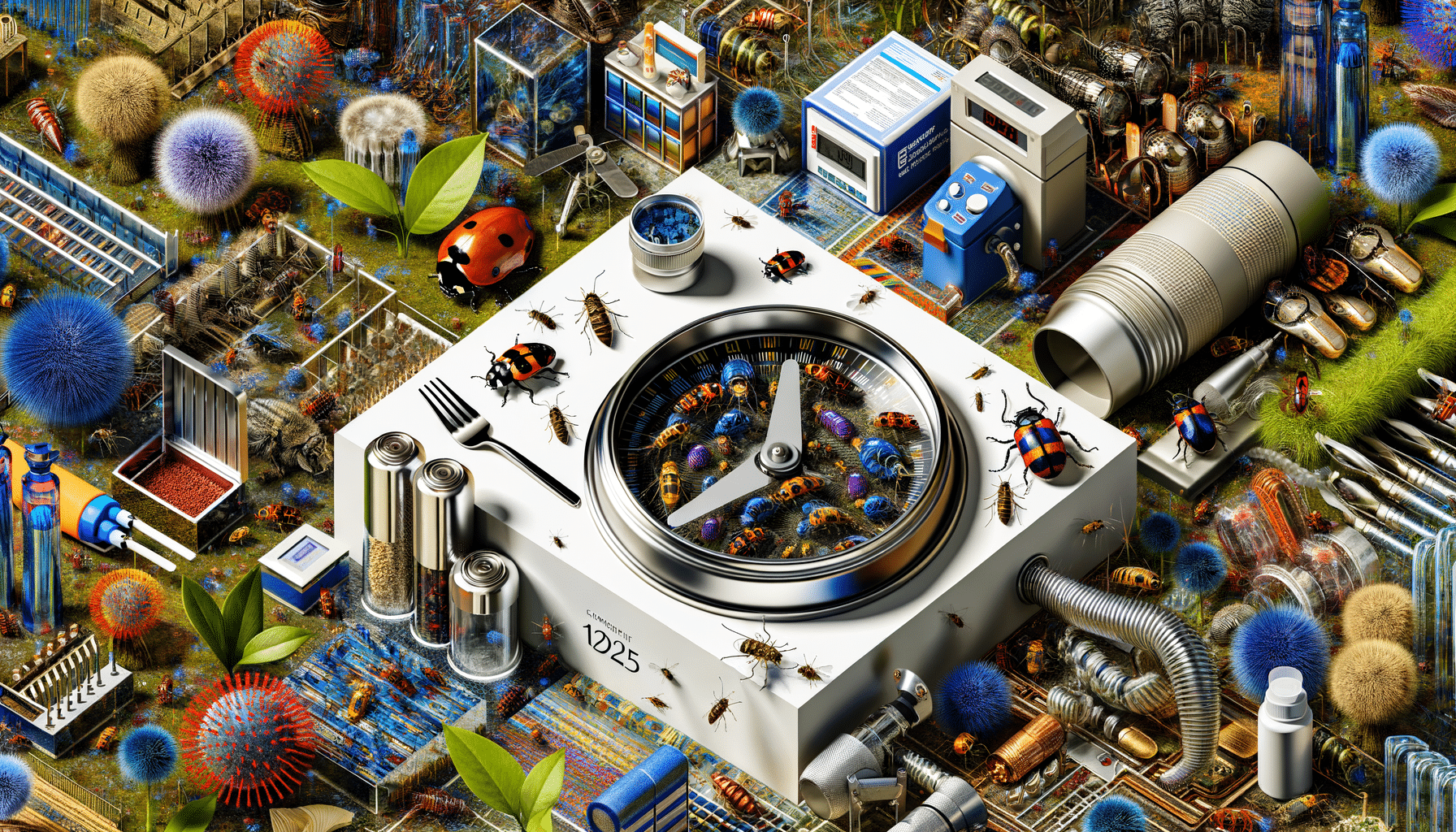
Why Pest Control Services Are Taking a Second Look at Certain Insects in 2025
Introduction to Pest Control Services in 2025
In 2025, pest control services are experiencing a paradigm shift. Traditionally, pest control focused on eliminating insects that posed a threat to homes and businesses. However, with growing awareness of ecological balance and environmental sustainability, pest control companies are re-evaluating their strategies. This year, there’s a noticeable trend towards understanding the role of certain insects within ecosystems, which has led to a more nuanced approach to pest management.
The importance of pest control cannot be overstated. It ensures the safety and health of living spaces by managing pests that can cause damage or spread disease. However, as we learn more about the interconnectedness of ecosystems, the indiscriminate eradication of insects is being reconsidered. This article explores why pest control services are taking a second look at certain insects, the implications of these changes, and how they align with broader environmental goals.
Understanding the Role of Insects in Ecosystems
Insects play crucial roles in ecosystems, contributing to processes such as pollination, decomposition, and serving as a food source for other animals. Recognizing these roles is essential for pest control services aiming to balance effective pest management with ecological preservation. In 2025, pest control strategies are increasingly incorporating ecological knowledge to identify which insects are harmful and which are beneficial or neutral.
Pollinators, like bees and butterflies, are integral to the reproduction of many plants, including crops that humans rely on for food. Pest control services are now more cautious about treatments that could harm these vital insects. Similarly, decomposers such as certain beetles and flies help break down organic matter, returning nutrients to the soil. Understanding these roles helps pest control professionals make informed decisions that support environmental sustainability.
To adapt to these insights, pest control services are employing integrated pest management (IPM) approaches. IPM emphasizes the use of less harmful control methods such as biological control, habitat manipulation, and the use of resistant varieties. This approach not only targets pest populations effectively but also minimizes environmental impact, aligning pest control practices with ecological health.
Innovative Pest Control Strategies for the Future
As pest control services evolve, innovative strategies are emerging that prioritize both pest management and environmental stewardship. One such approach is the use of biological control agents, which involves introducing natural predators or parasites to control pest populations. This method reduces reliance on chemical pesticides, which can have far-reaching ecological consequences.
Another strategy gaining traction is the use of pheromone traps, which target specific pest species without affecting non-target organisms. These traps use synthetic pheromones to lure pests into traps, reducing their numbers without collateral damage to beneficial insects. This technique exemplifies the precision and environmental consciousness that modern pest control services are striving for.
Technological advancements are also playing a role in shaping pest control strategies. Drones and remote sensing technologies are being used to monitor pest populations and assess the effectiveness of control measures. These tools provide real-time data that can inform more targeted and efficient pest management practices.
In conclusion, the future of pest control is one that embraces ecological understanding and technological innovation. By taking a second look at certain insects and their roles in ecosystems, pest control services are better equipped to develop strategies that protect both human interests and the environment.